
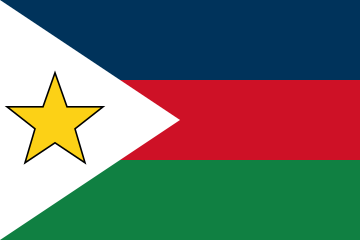
![]() by Nacrad » Sun May 09, 2021 3:01 am
by Nacrad » Sun May 09, 2021 3:01 am
International News: HUNGARY IS OUT: Hungary quits the Warsaw Pact | Greece legalises same-sex marriage
Domestic News: 16 FEB 2024 (FRI) | Year of the Dragon: 10% birth rate boost expected, says Dept. of Health | CSG Resolute departs for ally visit | Highways & Transport Dept. revives M17 Motorway project between Namchon, KX and Samming, LK
Weather: Riverfort 23/27°C | Amoy 19/21°C | Taipei 23/25°C | Namchon 13/26°C

![]() by Sherechia » Sun May 09, 2021 3:50 am
by Sherechia » Sun May 09, 2021 3:50 am

![]() by Zhouran » Sun May 09, 2021 5:22 am
by Zhouran » Sun May 09, 2021 5:22 am
























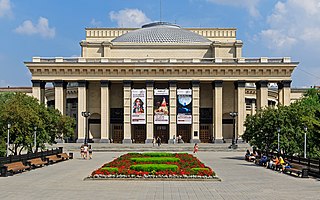




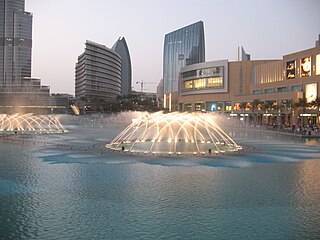

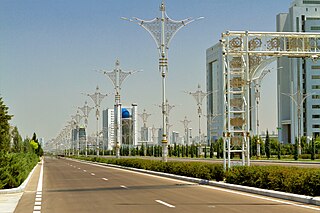



![]() by Gandoor » Wed May 12, 2021 7:31 pm
by Gandoor » Wed May 12, 2021 7:31 pm
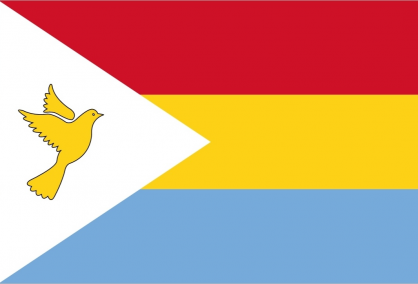
![]() by New Goldman » Wed May 12, 2021 9:52 pm
by New Goldman » Wed May 12, 2021 9:52 pm

![]() by Molopovia » Wed May 12, 2021 10:15 pm
by Molopovia » Wed May 12, 2021 10:15 pm

![]() by Taxonomic Kingdoms » Wed May 12, 2021 11:10 pm
by Taxonomic Kingdoms » Wed May 12, 2021 11:10 pm

![]() by Zartobania » Thu May 13, 2021 1:50 am
by Zartobania » Thu May 13, 2021 1:50 am

![]() by Aikoland » Sun Jul 25, 2021 1:24 am
by Aikoland » Sun Jul 25, 2021 1:24 am

![]() by Islamic Holy Sites » Sun Jul 25, 2021 1:37 am
by Islamic Holy Sites » Sun Jul 25, 2021 1:37 am
BREAKING NEWS: Galapagos war 4 might be coming | “Aursi among best Muqaddasi allies,”, says government official | Muqaddasi weapon industry expanding WIP

![]() by Syndic Australia » Sun Jul 25, 2021 7:09 am
by Syndic Australia » Sun Jul 25, 2021 7:09 am
January 27° - The 2025 Federal Election season has begun! Initial three-party preferred polls put the I.S.P. ahead at 37%, followed by the Country Party at 34%, then Labor at 29%.
![]() by Radiatia » Sun Jul 25, 2021 7:12 am
by Radiatia » Sun Jul 25, 2021 7:12 am
Clockwise from top: Xerconia Castle, Federation Square;
The University of Xerconia Campus; The RFA Fortress Building;
Xerconia's skyline from the desert;
The Executive Tower; An Overland Skytrain

![]() by Pulsroth » Sun Jul 25, 2021 11:56 am
by Pulsroth » Sun Jul 25, 2021 11:56 am

![]() by Antwerp Free State » Sun Jul 25, 2021 3:57 pm
by Antwerp Free State » Sun Jul 25, 2021 3:57 pm


![]() by Zayeid » Sat Jul 02, 2022 3:56 am
by Zayeid » Sat Jul 02, 2022 3:56 am

![]() by United Neo-Hollerith » Tue Jul 26, 2022 4:10 pm
by United Neo-Hollerith » Tue Jul 26, 2022 4:10 pm
1. An unusual late season severe thunderstorm brings 7cm hail to Port Millis yesterday, causing heavy damage to the roof of the 140 year-old Hanitara Theatre after temperatures in the city peaked at 31.3°C, only 0.2°C below the October record set on October 16th 1943.

![]() by Nomayuki » Tue Jul 26, 2022 9:20 pm
by Nomayuki » Tue Jul 26, 2022 9:20 pm

Nanka City: 1°C, CLEAR SKIES WITH 12% CHANCE OF RAIN
NOW PLAYING ON 94.3 MHz: NEKELZUNDAG! (B.R.O.W.N.) (2:38/3:23)
Nomayukinskasbyschkompfesservkke | 17 Hei. 2024 | Muskaff shooter detained at last and sentenced to death in speed trial | Florida influencer attempts to prank woman by roller skating and positioning himself that the woman would sit on his crotch without prior knowledge, instantly arrested for sexual battery

![]() by Shalotte » Wed Jul 27, 2022 3:18 am
by Shalotte » Wed Jul 27, 2022 3:18 am
Alauna
Mercadean Street, Alauna
Alauna shown within Shalotte
Settlement: 545 B.C.
Population: 22,518
Government
- Tyrrn of Alauna: Riagán of Damnoni

![]() by Junatia » Wed Aug 17, 2022 8:34 am
by Junatia » Wed Aug 17, 2022 8:34 am

![]() by Rhodevus » Wed Aug 17, 2022 12:02 pm
by Rhodevus » Wed Aug 17, 2022 12:02 pm
Rodrania wrote:Rhod, I f*cking love you, man. <3
Divergia wrote:The Canadian Polar-Potato-Moose-Cat has spoken!
Beiluxia wrote:Is it just me, or does your name keep getting better the more I see it?

![]() by Nova Universo » Wed Sep 14, 2022 6:13 am
by Nova Universo » Wed Sep 14, 2022 6:13 am
Advertisement
Return to Factbooks and National Information
Users browsing this forum: GreatOceania, Nomayuki
Advertisement